We offer more information on Archibald Campbell, Kilberry, and further excerpts from his illuminating 1930s correspondence with his friend Horace Kemble, a noted Skye-based piping enthusiast.
Archibald Campbell’s obituary printed in the Oban Times, erudite and authoritative but unattributed, reads as follows: ‘Highland bagpipe music has lost its finest authority with the passing of Archibald Campbell, Kilberry, whose death occurred on April 24, 1963, at his home in London. He was 86 years of age.
The third son of John Campbell 10th of Kilberry, he was educated at Harrow and Pembroke College, Cambridge.
‘After leaving university he entered the Indian Civil Service in 1900 and after a distinguished career was appointed a judge of the High Court in 1921. Retiring in 1928 he returned to Britain and in the following year was appointed lecturer in Indian Law at Cambridge University, a post he held until 1941.
‘Born and reared as he was in the north, Campbell of Kilberry had an intensive knowledge of all matters related to the Highlands. He is probably best known to readers of the Oban Times as an authority on his lifelong hobby of playing the pipe and music.
To this hobby he brought a first class brain, tireless industry, unlimited enthusiasm and proficiency gleaned from instructors of the highest qualification. Angus MacRae, John MacColl, and William Ross were his mentors for ceol beag; Sandy Cameron, John MacDougall Gillies and John MacDonald for ceol mor.
‘With this background he achieved a unique status in piping – not only as an acknowledged expert on all forms of playing, but also as a mine of readily available information on all matters directly or remotely concerning pipers and pipe music. His greatest work was no doubt in renaissance of the piobaireachd cult, which may be said to date from the publication of General Thomason’s ‘Ceol Mor’ in 1900. But his knowledge and appreciation of other forms of music will be within the power of many to testify to – those whose playing he had judged; those who have read his many contributions to this newspaper; those who have sought his advice or opinion in private or in the friendly atmosphere of pipers gatherings; those who have been participators in the agile correspondence which he delighted to carry on with fellow enthusiasts.
‘It was to piobaireachd, however, that his main work was devoted. His aim was to make his knowledge of this somewhat esoteric art available to others. To the extent that the present increased and increasing interest in ceol mor is due to the availability to all of books of authority, the credit for such a welcome state of affairs is largely his. The records of his achievements are two – the Piobaireachd Society publications dating from 1924, and the Kilberry Book of Ceol Mor.
‘The primary object of the Piobaireachd Society publications was to make available to pipers all information concerning the tunes selected, which patient research among the authoritative manuscripts could produce. The secondary object was to provide pipers with one authoritative setting of each tune in easily legible staff notation. The system had its faults in that the printed settings have, with the passage of time, come to be regarded by many pipers as ex cathedra directions as to the way in which the tunes should be played.
The original purpose of submitting one of several possible and permissible alternatives has become obscure. The competition system, admirable though it is in many respects, has done much to develop the somewhat false reverence which is often accorded to ‘Piobaireachd Society settings’. The main value of the books, however, is to be found in the notes. There lay the labour and the learning, and the information to be found in the notes, is, and will continue to be of indispensable assistance to enquiring minds.
‘The Kilberry Book had a different purpose. The editor shed the mantle of an impartial disseminator of information and sought to present to the piping world a record (based on notes made contemporaneously with the instruction received) of the style of playing of his three instructors, Sandy Cameron, MacDougall Gillies and John MacDonald. No one appreciated better than he the imperfections of staff notation as a medium for piobaireachd instruction. Indeed any intention to instruct beginners is disclaimed in the preface. But the work constitutes a noble attempt to suggest to the educated piper many of the subtleties of timing and expression which are the life and soul of piobaireachd playing.
‘As in the case of the Piobaireachd Society books, so in the case of the Kilberry Book, the secondary purpose of the publication is of more apparent current utility – such secondary purpose being to provide within a small compass an authoritative account of the history and construction of the piobaireachd and a convenient work of reference with regard to the 120 printed tunes. The subtleties of the work, however, are no less valuable for being less apparent.
The following is an extract from a contribution made by Kilberry as a young man to the Oban Times of September 19, 1903, under the title of ‘The Passing of the Piobaireachd’:
“The old tunes must be rescued and put where they can be heard and appreciated…but where are they? Hoarded and guarded with more care than ever a miser cherished his gold. Written, or unwritten, they are there, noted in old books, scrawled on stray fragments of paper, or engraved on the memory of some old-time piper. They are there today. Tomorrow they will be gone. The old piper will be dead, and at the emptying and garnishing of his house his books and scraps of papers will be swept out with the rubbish, while that which as in his mind will be buried with him in his grave. Let the Highlander look to it, lest his grandchildren and great-grand children curse him, as we would fain curse our forefathers for suffering to be lost what is already lost beyond recall.”
‘The preaching was ambitious and the practice was limited by the span of human life and energy and by the time which a busy man can, with the best will in the world, devote to his hobby. But the ardent enthusiast of 1903 had, in his old age, no reason for dissatisfaction with his services to the cause which he then championed. His three sons he tutored in the art and judging of piping – James today is one of the leading adjudicators. There is another son out in Kenya. Angus, a younger son who was in the Malayan Civil Service when the Japanese invaded Malaya, through his ordeal as a POW died a few years ago. His wife pre-deceased him several years ago.
‘By the death of Kilberry piping has lost a champion and one of its greatest figures, a wonderful gentleman to meet, seldom critical but always ready to give advice. We are unlikely ever again to meet anyone quite like Archibald Campbell of Kilberry.’
This second excerpt from Archibald Campbell’s correspondence with Horace Kemble. The published letter is dated 13.10.31. and addressed as from 14 Latham Rd., Cambridge. Explanatory details from James Campbell are in brackets:
‘……This manuscript (Donald MacDonald Snr.) was photographed in 1910 and I own the plates which were done by Ledingham a photographer in Grantown. The plates are stored in the Royal Bank, Grantown*. Ledingham is still going and could, presumably, give an estimate for printing a set of photographs. If you cared (a) to incur the cost, (b) to undertake the trouble of getting the plates out of the bank, making them over to Ledingham and putting them back again, the thing could be done. If I were on the spot I could relieve you of (b) but I am too far away to do anything but sign written authorities. Iain Grant (Rothiemurchus) knows all about these photographs.
4. Donald MacDonald Junior’s MS was I think in the possession of the late George MacLennan and may be with his widow in Aberdeen. (The original is now lost but copies of the individual tunes exist in the Kilberry papers in the National Library of Scotland [NLS] .
5 Reid’s MS is somewhere in Glasgow.(Now in NLS). We have got a copy but each tune is a separate sheet and the sheet is on the file of that particular tune in our collection, Iain’s and mine, which is in this house. Pipe Major Gray of the Glasgow Police may know where the original is.
6 I have also got photograph plates of the copy of Angus MacKay’s MS made in London in 1892, see P.S. book preface. And the same remarks apply to them as to those of MacDonald’s MS. I have also got another copy of the original MS which I made myself!
7 John MacKay’s MS is in this house (Now in NLS) and belongs to the Piobaireachd Society. A copy of it would be no use to anyone as it has been so shamefully interpolated by the former owner Dr Bannatyne. See preface to the Piob. Society Book 2 of 12 tunes.
8 Lamont’s MS is also here, (Lost: for description see P.S.Book 1 preface iii), but as you will see by the description it is mainly a copy of MacKay’s published book.
9 Duncan Campbell’s MS has disappeared and I cannot trace it.(Copies of the 88 tunes which it contained in NLS; original MS is lost) We have a lot of notes about it. The last known owner Alexander Cant, a gamekeeper in Ayrshire, died about ten years ago.
10 The Seaforth MS is one which you might be able to have a look at. (Now in NLS) It belongs to the son and airs of the late Colin Cameron, piper to the Earl of Fife, and the family home is, or was, in Maryburgh. John MacDonald could probably get in touch with the owners. We have got photographs of those piobaireachd which it contains and the plates( or rather the films, for Iain Grant did the photographs with a borrowed camera) are in this house.
11 Skinner’s MS belongs to the Duke of Atholl and is at Blair Castle.(In NLS. This MS includes copies of 61 out of the 88 tunes in the [now lost] Duncan Campbell MS). I have at the present moment got under examination a book by one Dow which belongs to the Scottish Pipers Society and which, I suspect, may be a copy of Skinner’s MS, but the investigation is not yet complete.
12 & 13 Donald MacKay’s and General Thomason’s MSS belong to Iain Grant and me and are here. (These are deposited in Glasgow University Library)
14 Donald Stuart MacDonald’s MS belongs to one Dr Morrison, Larkhall, near Glasgow, but it is a mere partial copy from Angus MacKay’s MS. (Now in NLS). John MacDonald has had it and might be able to borrow it again.
15 E Henderson’s MS also belongs to Iain and me. It is a fragmentary affair consisting of copies from other MSS. (In Glasgow University Library)
The above screed contains most of the information which I possess but please refer again if you want any more.
Yours ever
Archibald Campbell.’
- The photographic plates mentioned above were recovered from the said bank by the late Roderick Cannon with the assistance of Tom Speirs, a former employee of the Royal Bank of Scotland.

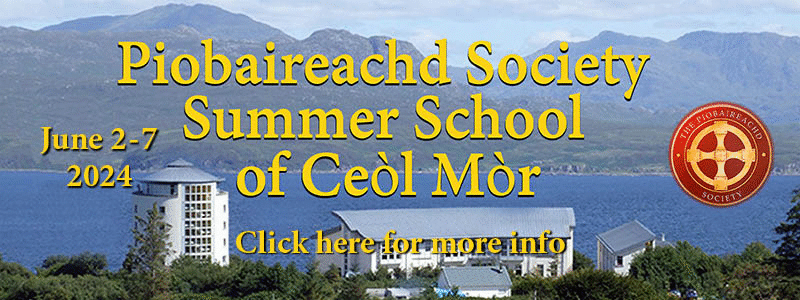
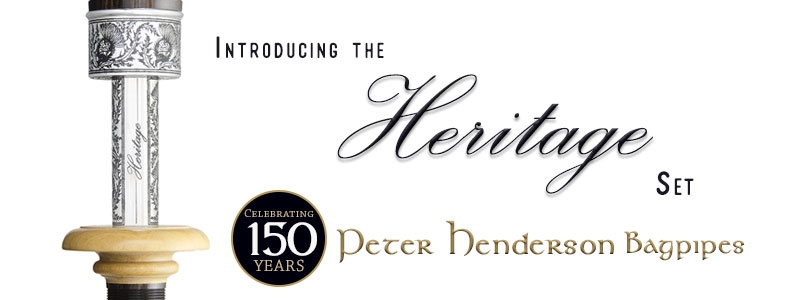

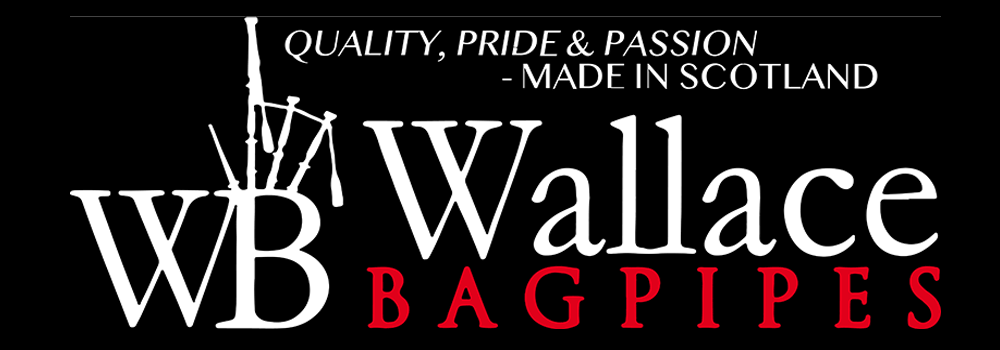
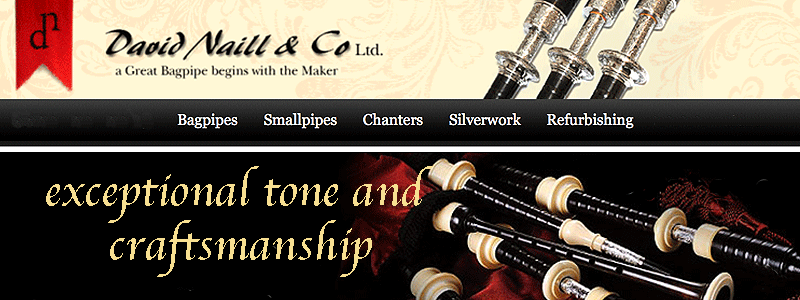



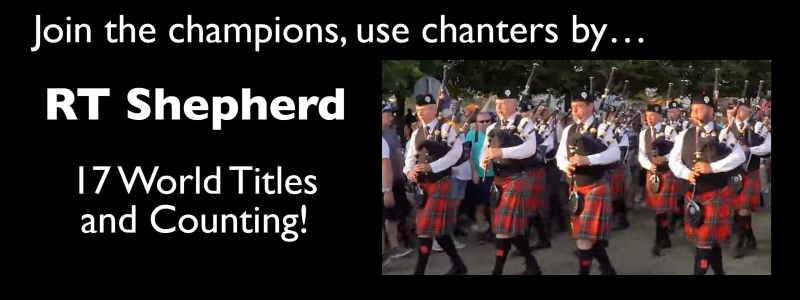
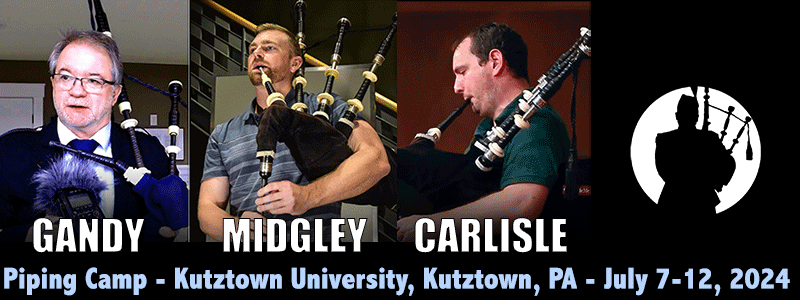


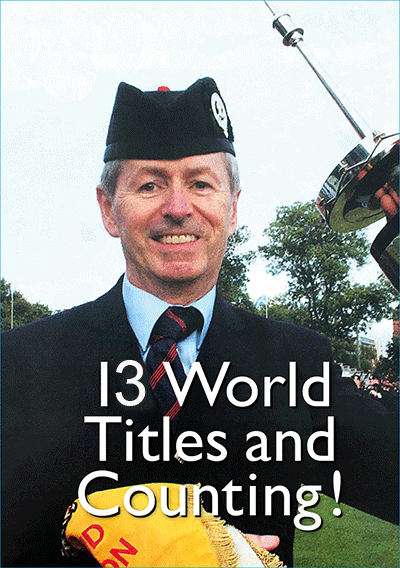
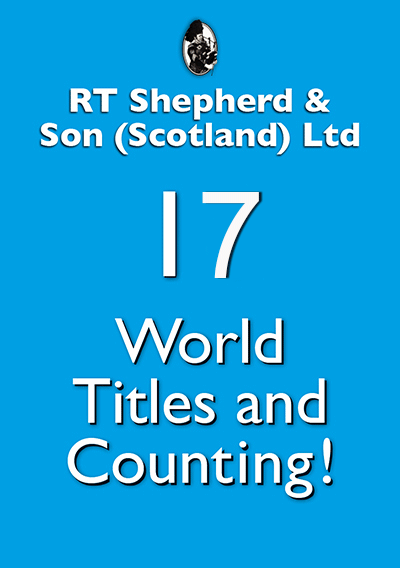
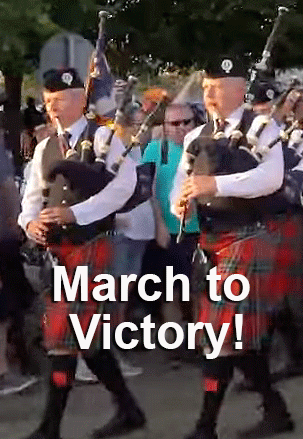







Recent Comments